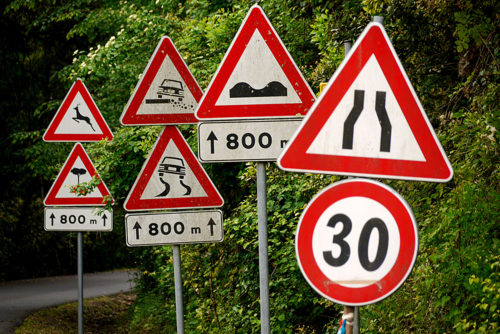In my online class with the BPSOP, we work on the basic elements of visual design and how to incorporate them into our imagery. When I’m walking around with my fellow photographers that have signed up for one of my “Stretching Your Frame of Mind” workshops I’m also pointing out these same elements, and showing ways to make them the subject. I have even gone so far as to make this concept part of the online class lesson.
In the following posts I will share with you each one of these elements and examples of photos that represent said lessons.
Ok, so let’s start with SHAPE: Shapes are all around us and whether the viewer knows it or not, he’ll react when he sees them. Used in our imagery, shapes will provide a sense of structure to your composition. The four basic shapes are: circles, squares, triangles, and rectangles.
FYI, the shapes that are similar but are more irregular such as an isosceles triangle or a trapezoid have more energy. Besides those that are more prevalent in our world, the diamond is a great shape, filled with a great deal of energy and evokes a sense of motion; not to be overlooked. Repeating these shapes will provide a sense of unity, and can be perceived by the viewer as one group.
Btw, a great example of diamonds can be found on most chain link fences.
The ability to “see past first impressions” is the key in providing the various shapes to create stronger images. One may look at a series of beautiful sailboat silhouetted against a dramatic sunset racing towards the finish line and just see the sailboats. That’s the left side of your brain at work, the analytical side.
However, if you were to switch that side off, and look at the same group of sailboats with the right side of your brain, the creative side, you will see the beautiful backlit row of triangles glowing from the warm, late afternoon sky.
Look for shapes, and introduce them into your photography. Try making these four basic shapes the actual subject. Once you train yourself to see with that side of your brain and forget about the labels we put on things, your photographs will take on a new meaning and have a much better chance of being remembered.
In the above photo, the left side of the brain sees caution, directional, and warning signs. The right side, the creative side, sees a series of triangles.
So, the next time you go out shooting, think about this post and try to make Shape the subject.
Visit my brand new website at: www.joebaraban.com, and check out my workshop schedule at the top of this blog. Come shoot with me sometime.
JoeB





